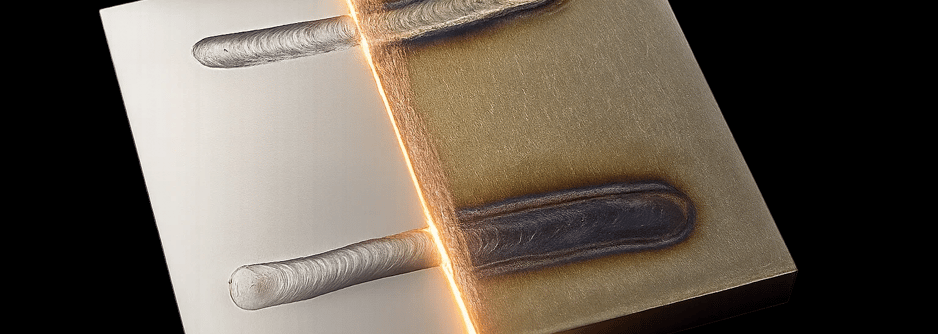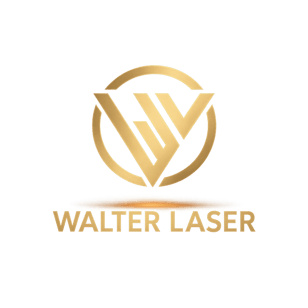Comparing Continuous Wave and Pulsed Lasers in Laser Cleaning Applications
How to make the right choice between continuous laser and pulsed laser
6/1/20253 min read


Introduction
Laser cleaning has emerged as an advanced, eco-friendly alternative to traditional methods such as chemical solvents or abrasive techniques. The two primary types of lasers used in this process are continuous wave (CW) lasers and pulsed lasers. While CW lasers are cost-effective, they suffer from significant limitations in precision, thermal management, and cleaning effectiveness. In contrast, pulsed lasers offer superior performance due to their controlled energy delivery, minimal heat impact, and high peak power density.
Continuous Wave (CW) Lasers: Major Drawbacks in Laser Cleaning
CW lasers emit a constant beam of light with a stable power output. Their primary advantage is lower initial cost, making them appear attractive for budget-sensitive applications. However, their limitations in laser cleaning are substantial:
Severe Thermal Effects
The continuous energy input leads to heat accumulation, significantly increasing the heat-affected zone (HAZ).
Excessive heat can cause material deformation, surface oxidation (overburning in metals), and even open flames when cleaning flammable contaminants.
Poor Cleaning Precision
Without controlled pulse modulation, CW lasers struggle to selectively remove contaminants without damaging the substrate.
Larger fiber diameters and beam spots reduce spatial resolution, making them unsuitable for fine cleaning tasks.
Low Cleaning Efficiency Despite High Power
Due to gradual heat diffusion, CW lasers require longer exposure times to remove contaminants, leading to higher energy consumption.
Even high-power CW lasers (e.g., 2000W) may underperform compared to much lower-power pulsed lasers (e.g., 100W) in real-world cleaning applications.
Because of these issues, CW lasers are mostly limited to low-precision, high-tolerance industrial cleaning where surface integrity is not critical.
Pulsed Lasers: Superior Performance in Laser Cleaning
Pulsed lasers emit high-energy light in ultra-short bursts, enabling precise control over energy deposition. Their advantages make them the preferred choice for high-performance laser cleaning:
1. Minimal Thermal Impact
Nanosecond (ns), picosecond (ps), and femtosecond (fs) pulse widths drastically reduce heat diffusion, preventing substrate damage.
Ideal for delicate materials (e.g., electronics, thin metals, historical artifacts) where thermal distortion is unacceptable.
2. High Peak Power & Energy Density
Even a low-average-power (e.g., 100W) pulsed laser can outperform a high-power CW laser (e.g., 2000W) in cleaning effectiveness.
Short pulses (ns/ps/fs) + small fiber core diameter + focused beam spot result in extremely high peak power density, enabling efficient contaminant removal with minimal heat.
3. Precision & Selectivity
Adjustable pulse width, frequency, and energy allow customized cleaning for different materials (metals, polymers, ceramics).
Small beam spots (e.g., 50-200µm) enable micro-scale cleaning without affecting surrounding areas.
4. No Material Oxidation or Burning
The instantaneous vaporization of contaminants prevents prolonged heat exposure, eliminating risks of metal over-oxidation or surface burning.
5. Higher Long-Term Cost Efficiency
Despite higher initial costs, pulsed lasers reduce processing time, energy consumption, and post-cleaning treatments, making them more economical in precision-critical applications.
Common Misconceptions About Laser Cleaning
Many new users mistakenly believe that laser power (W) alone determines cleaning capability. However, the true cleaning performance depends on:
Single-pulse energy (J) – Determines ablation efficiency per pulse.
Pulse width (ns/ps/fs) – Shorter pulses reduce heat diffusion.
Fiber core diameter & beam spot size – Smaller spots increase energy density.
Peak power (kW/MW) – Critical for instant contaminant removal.
Power (W) only reflects cleaning speed (efficiency), not cleaning ability. A 100W pulsed laser with optimized parameters can clean better than a 2000W CW laser because of its superior energy concentration and minimal thermal side effects.
Conclusion
While CW lasers may seem attractive due to their lower cost, their high thermal impact, poor precision, and inefficient cleaning performance make them unsuitable for high-quality applications. Pulsed lasers, with their ultra-short pulses, high peak power, and precision control, are the superior choice for industries requiring non-destructive, high-efficiency cleaning, such as:
Aerospace & automotive (paint/coating removal without base metal damage)
Electronics & semiconductors (delicate surface cleaning)
Cultural heritage restoration (safe cleaning of historical artifacts)
Precision manufacturing (oxide removal without altering part dimensions)
For optimal cleaning results, pulsed lasers should be the default choice, while CW lasers should only be considered for low-cost, low-precision bulk cleaning where thermal damage is not a concern.
